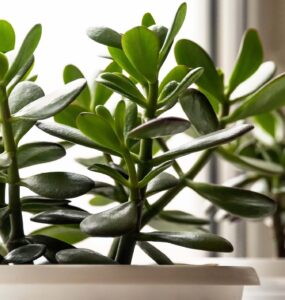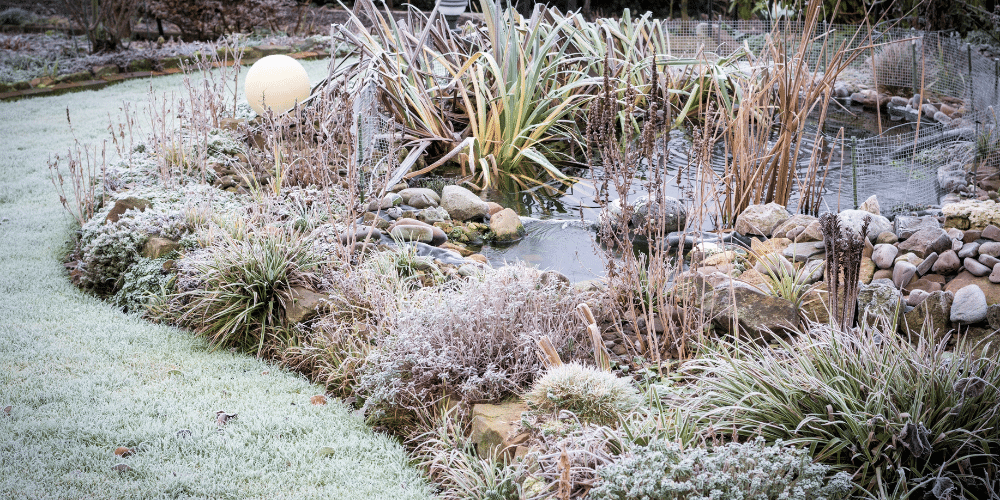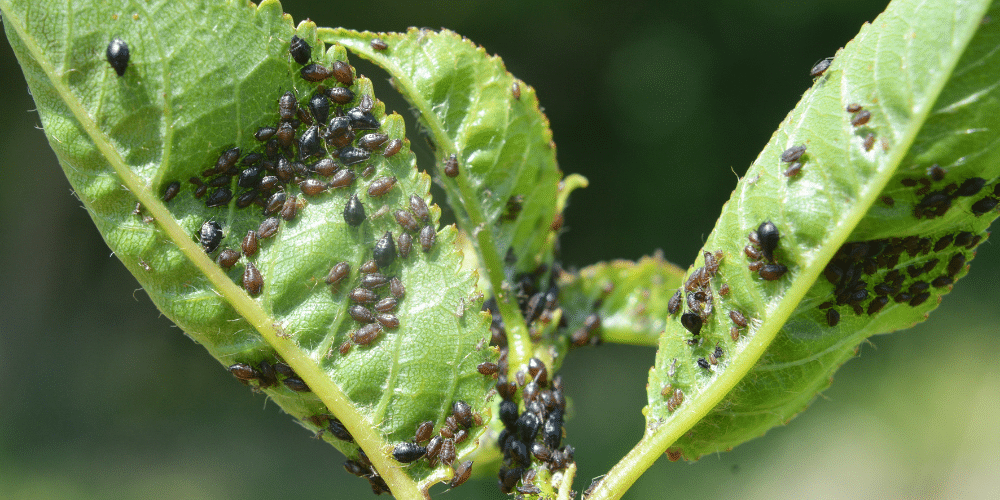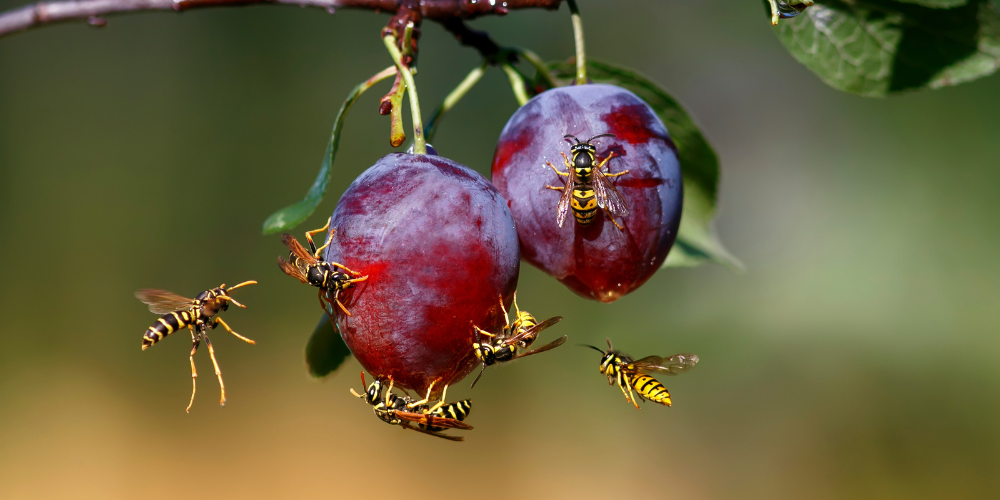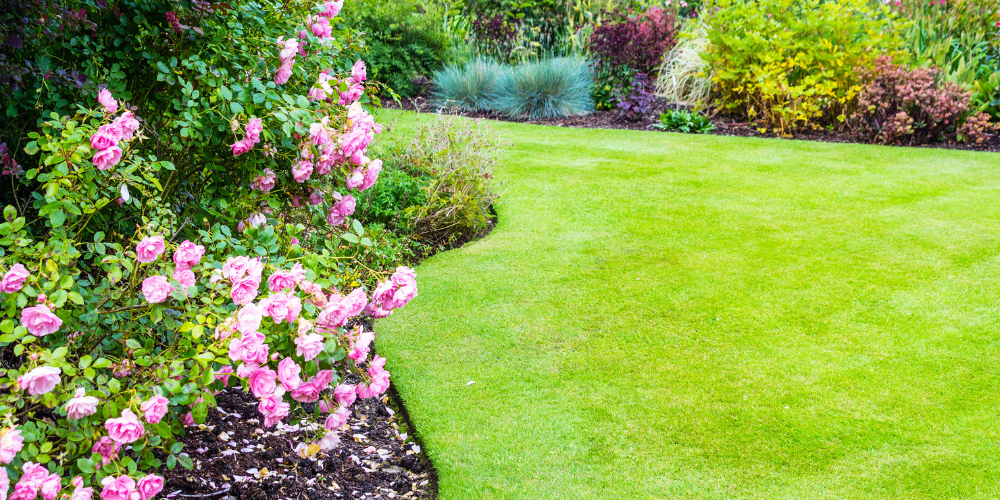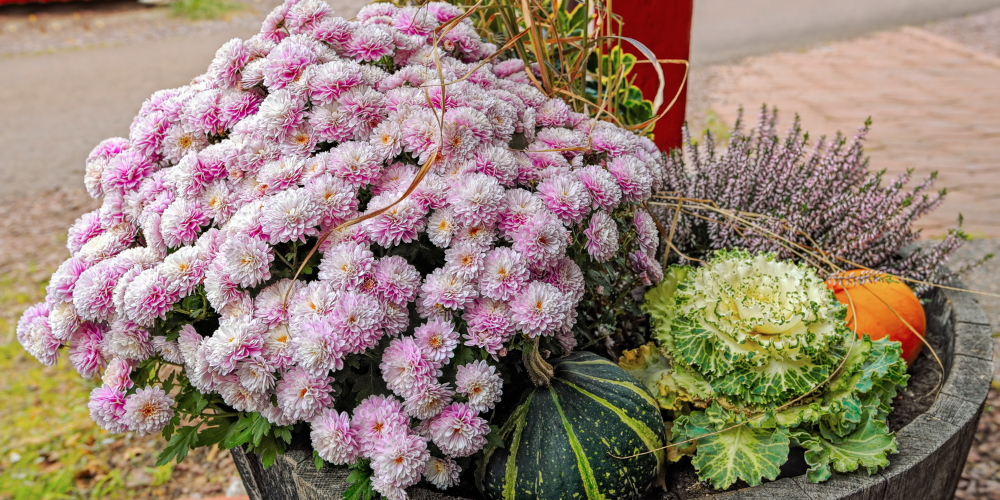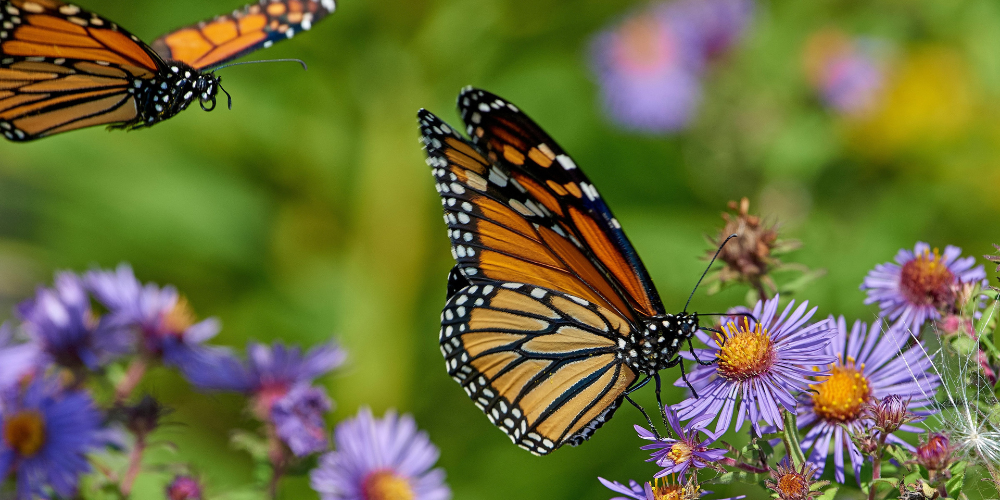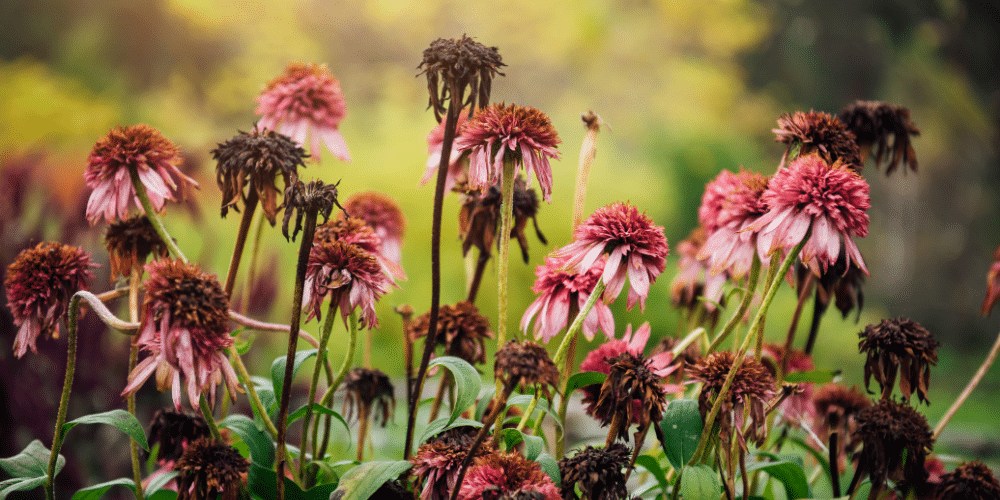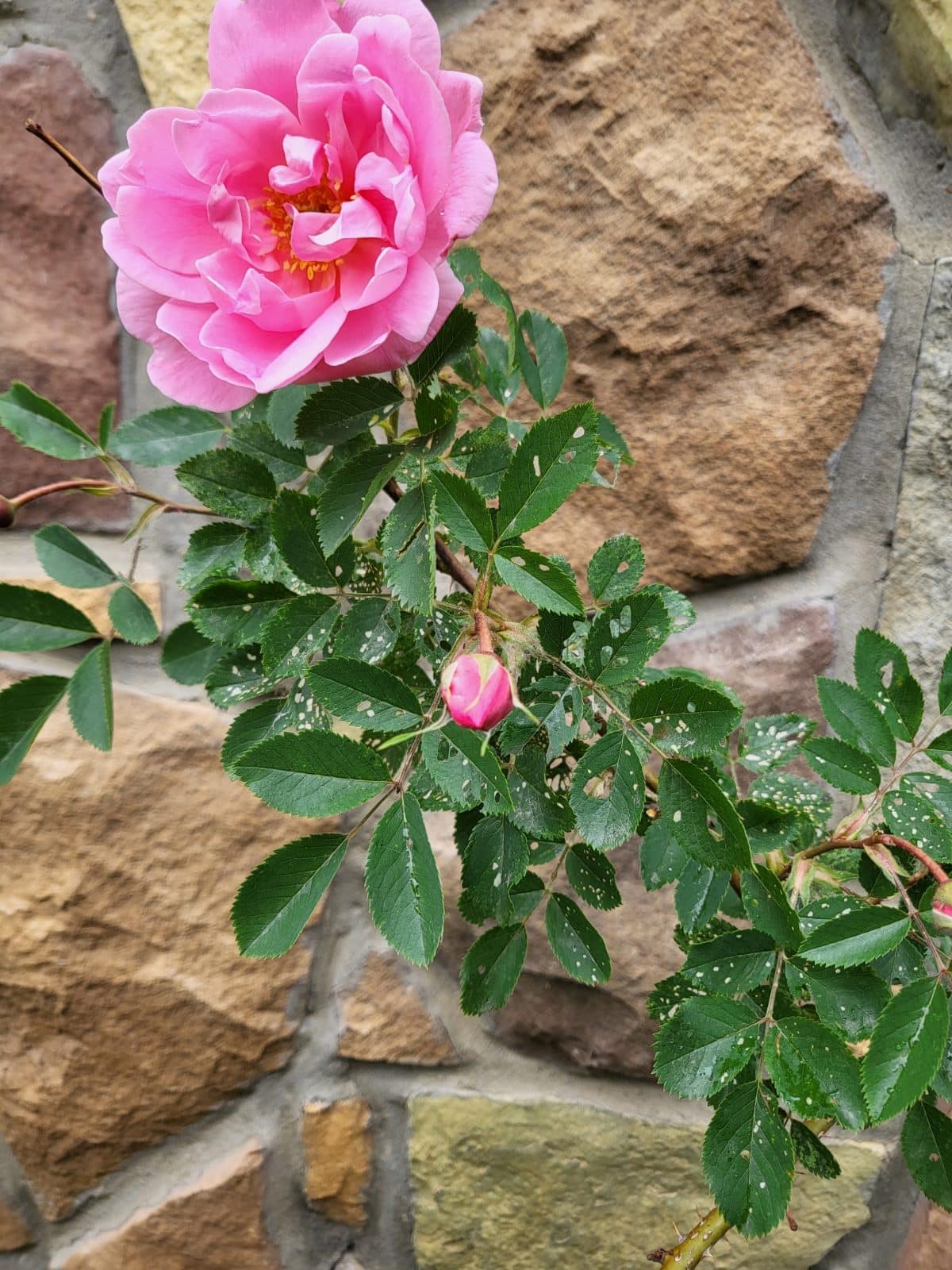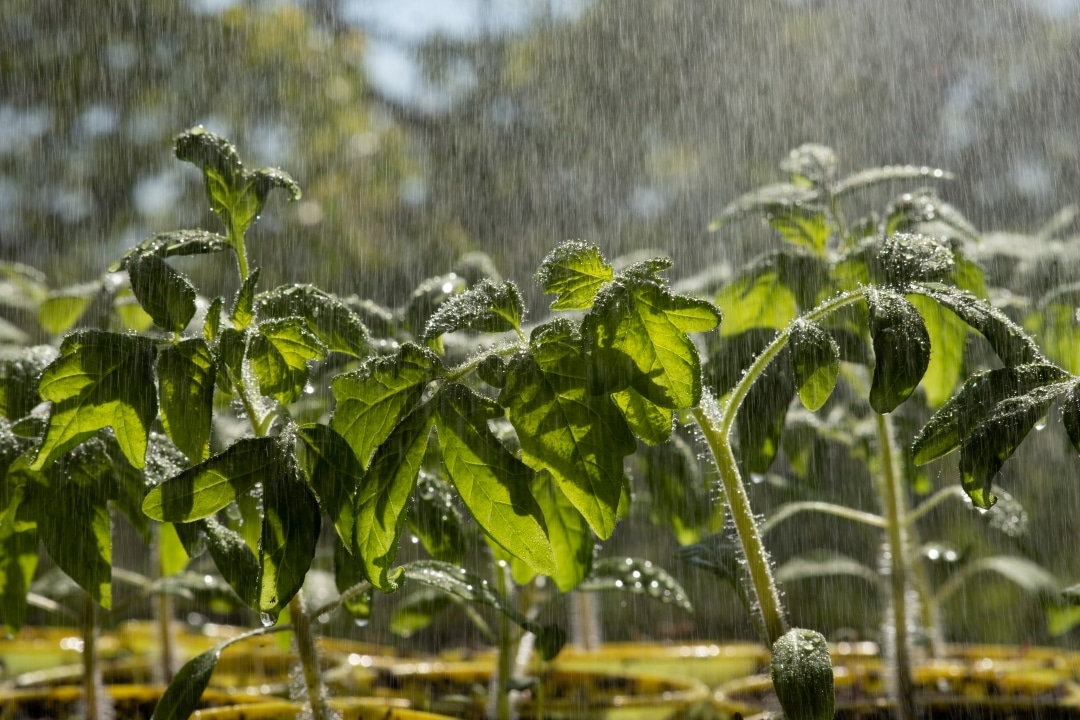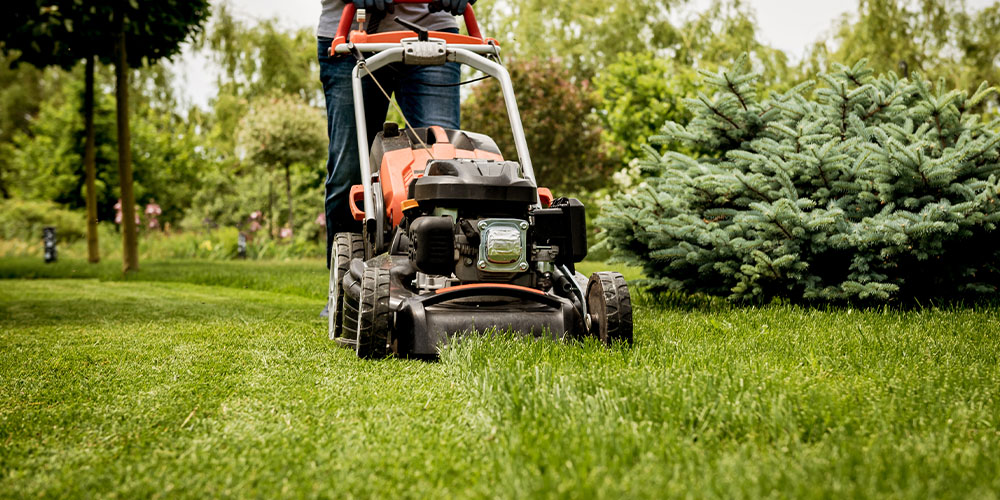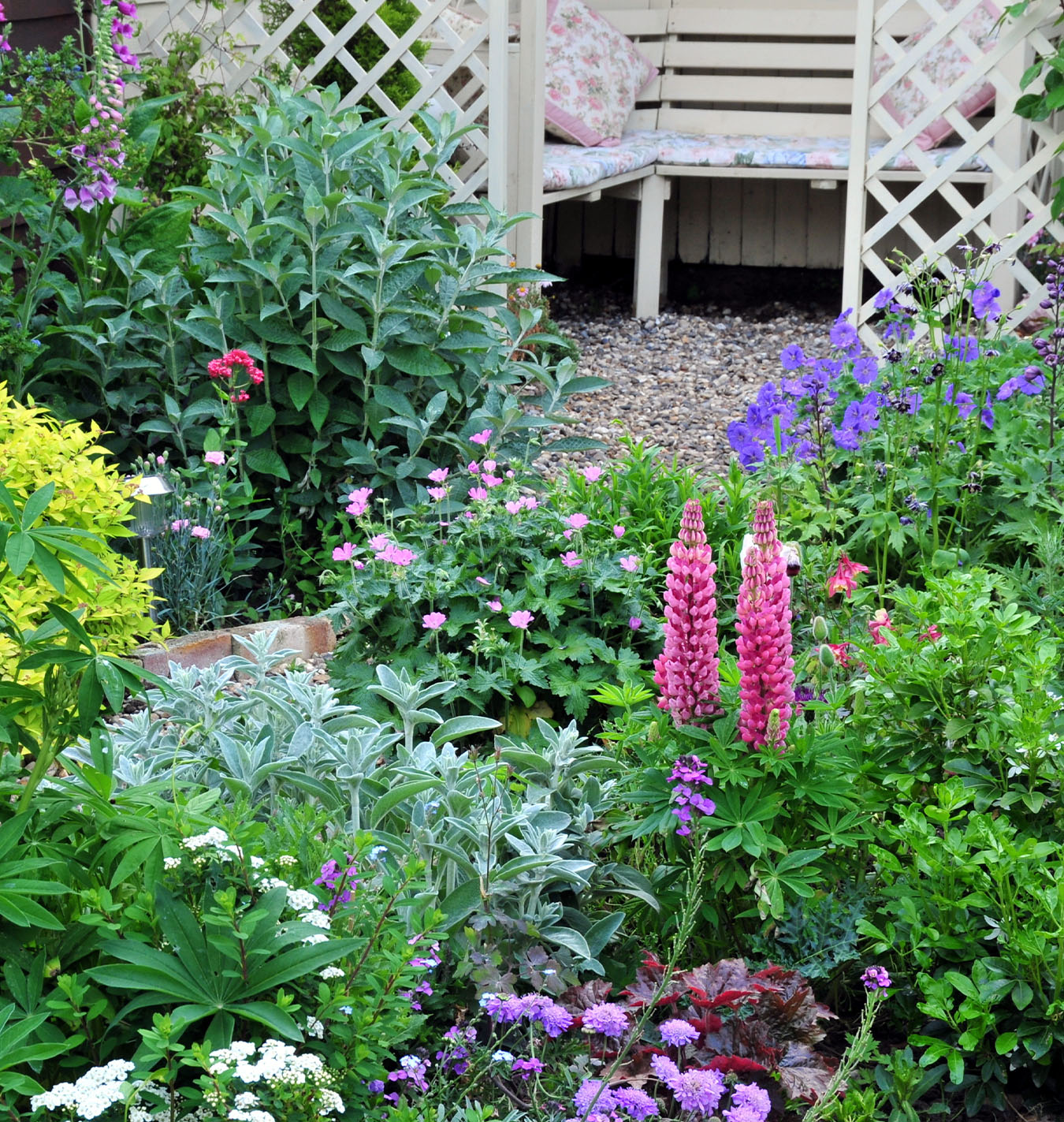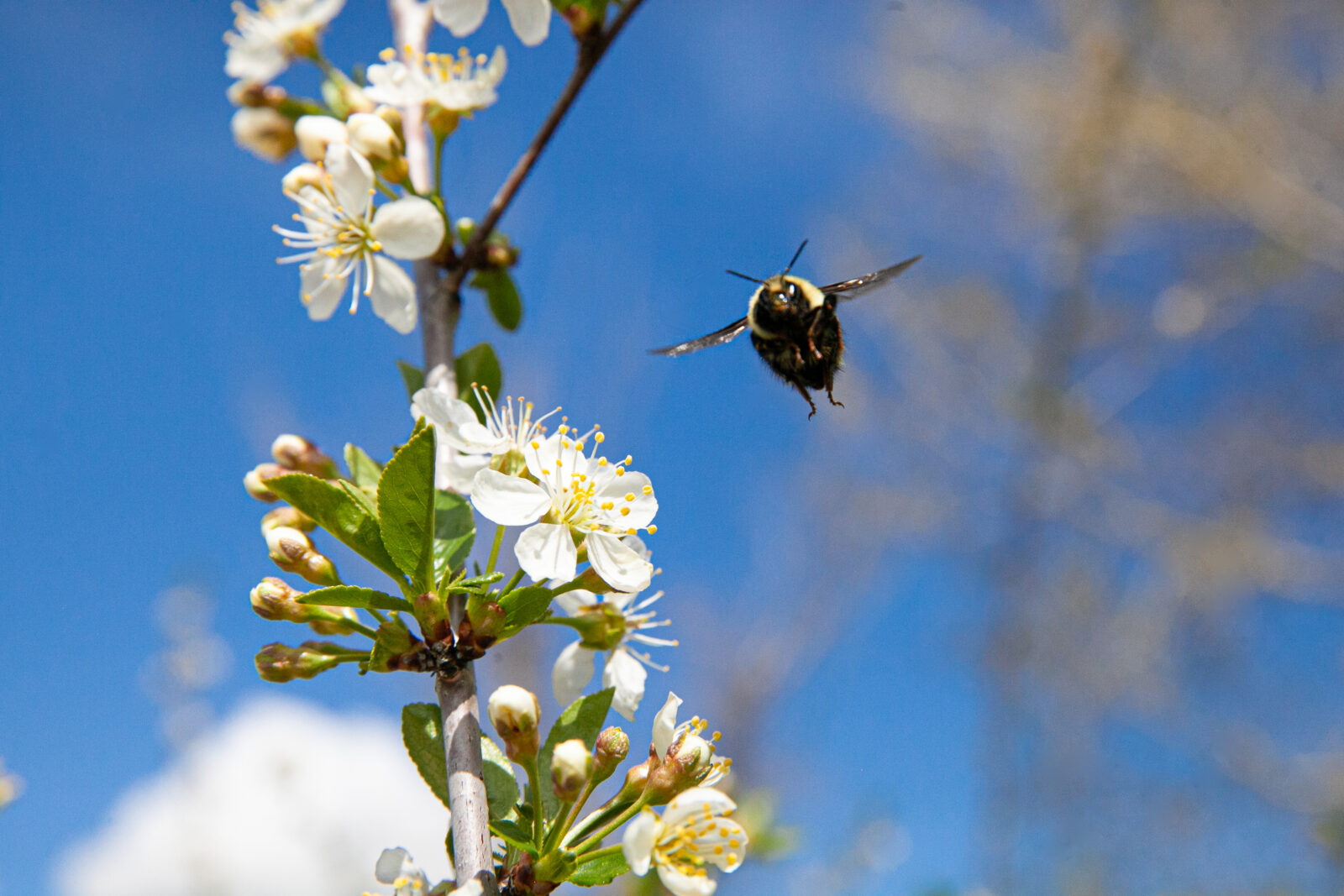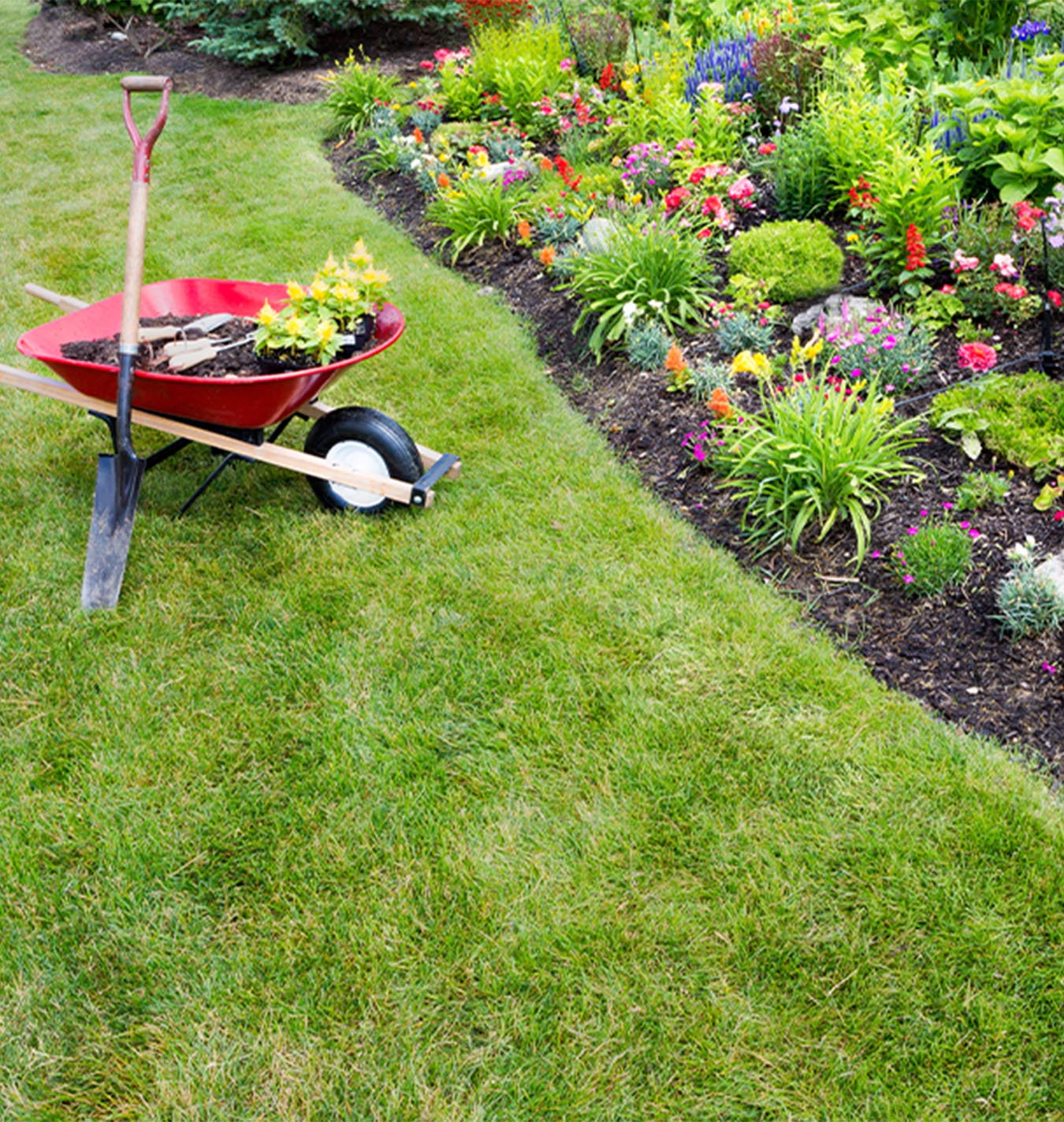
Personally, I am not a fan of many creepy crawly things, and mealybugs can become a plant nemesis if allowed to establish in your houseplants. What is a mealybug? Aside from being frustratingly hard to kill, they are unmistakable, easily recognizable insects with nearly 300 species found in North America. Mealybugs are small ( ¼ inch in size), warm-weather, sap-sucking insects; they secrete a white powdery cotton coating on leaves and stems.
If left to their own devices, these pests will quite literally suck your plants dry. The plants’ leaves will begin to yellow and become unable to photosynthesize, then die. Since these are warm-weather insects, they tend to invade mainly houseplants and greenhouses in Northern regions, leaving our outdoor plants alone. How do you get rid of mealybugs? Read on to find out more.
The Lifecycle of A Mealybug
Female mealybugs lay their eggs on the undersides of leaves, leaving their trademark traces of cotton-like white bundles. If discovered, destroy all evidence immediately with rubbing alcohol-soaked cotton balls. Females lay approximately 600 eggs in their short lifespan (3 weeks), and if left alone, they will divide and conquer!
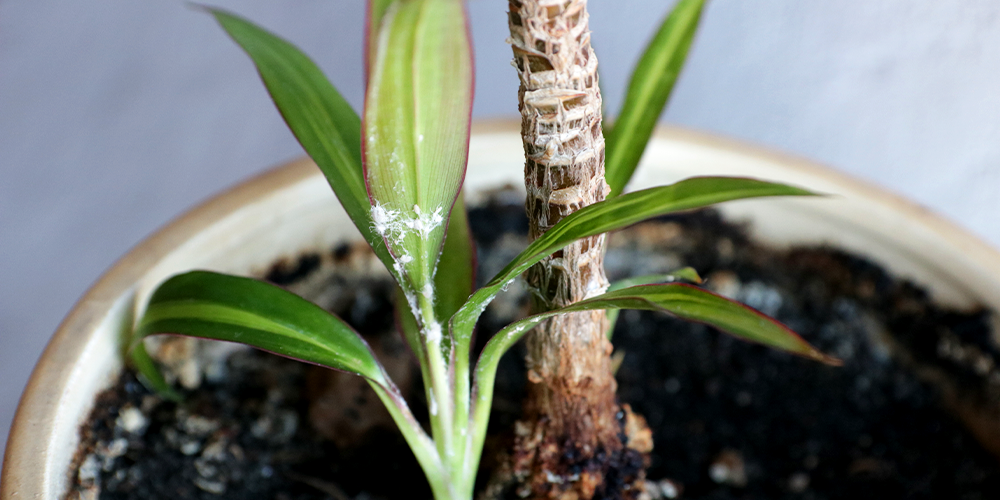
Identifying Mealybugs
As we said above, mealybugs are easy to spot. As plant parents, it’s considered best practice to perform routine plant inspections, ensuring we spot creepy crawlies before they invade and take over. Follow these routine steps:
- Inspect the inner corners of stems or on leaves’ undersides for white, cotton-like substance and any other abnormalities. Many pests can be seen with the naked eye or small magnifying glass.
- Male mealybugs sprout wings at maturation. They will fly amongst plant leaves to mate with females. Males can be hard to spot but can certainly do a lot of damage.
An ounce of prevention and precaution can prevent a full-on mealybug infestation from taking over all of your precious houseplants.

How to Get Rid Of Mealybugs
The white substance that makes mealybugs so easy to spot is also made of a waxy protective layer, making them harder to kill. We want to teach you how to get rid of these pests for good! Take these key steps upon discovery of a mealybug infestation:
- Isolate the affected plant upon identification to prevent further infestation to other houseplants.
- Try and dislodge the bugs. Sometimes a strong stream of targeted water and wiping can dislodge a smaller infestation.
- Wipe cotton balls soaked in rubbing alcohol all over the infected areas. Be sure to re-wipe with water to remove excess alcohol as it can burn delicate leaves.
- Place your plant near a cooler or open window. Mealybugs hate the cold and do not thrive in cool, dry environments.
- When in doubt, apply synthetic insecticides such as pyrethrum-based spray. This needs to be applied every week to control the bugs’ entire lifecycle.
- As a last resort, sadly, it may be time to say goodbye to the infested plant.
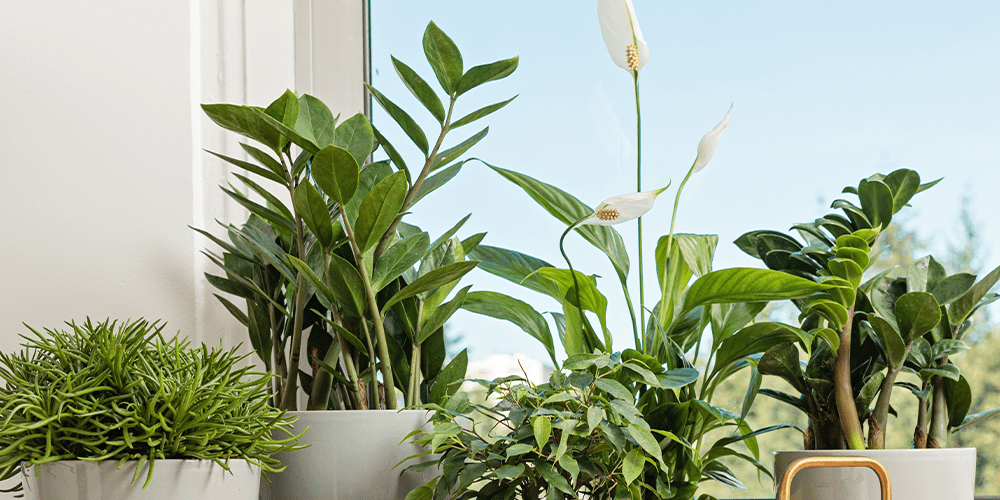
How to Prevent Mealybugs
Why learn how to get rid of mealybugs when you can try and prevent them? Instead of waiting for an infestation to happen and then dealing with it, there are preventative steps you can take to avoid this pesky problem to begin with.
- Mealybugs, like most pests, are attracted to plants in distress. Following all the subscribed care and recommended plant maintenance steps for your plant results in a healthy plant that won’t be as likely to attract mealybugs in the first place.
- Mealybugs may appear on over-fertilized plants as they are attracted to high levels of nitrogen.
- Mealybugs prefer warm, humid environments and tropical or citrus plants, so keep a keen eye on plants in these conditions. If your plants can withstand it, consider turning down evening house temperatures.
- Quarantine every new houseplant. Yes, you’re excited to bring a new plant baby home, but greenhouses are ideal breeding grounds for mealybugs, and as careful as our nursery specialists are, pests can be missed.
Hopefully, these steps have helped you learn how to get rid of and prevent mealybug infestations. When in doubt, come see us for help; we can teach you how to get rid of any pest that’s invading your precious plants!


